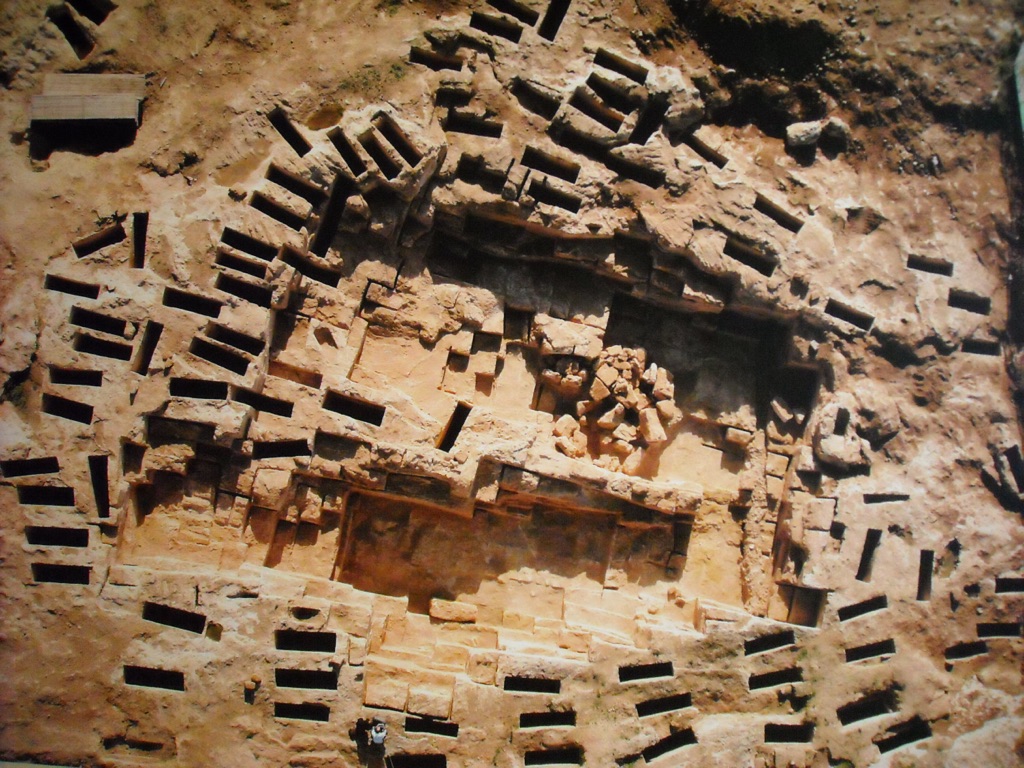The Tuvixeddu necropolis is a significant archaeological site located in Cagliari, Sardinia. It’s the largest Punic necropolis in the Mediterranean and showcases a vast collection of tombs from the Phoenician and Roman periods. The site offers a window into ancient burial practices and the cultural intermingling of the Phoenician-Punic civilization with the Romans. Tuvixeddu tells a story of life, death, and beliefs that spanned centuries, providing invaluable insights into the ancient world.
Carthaginians
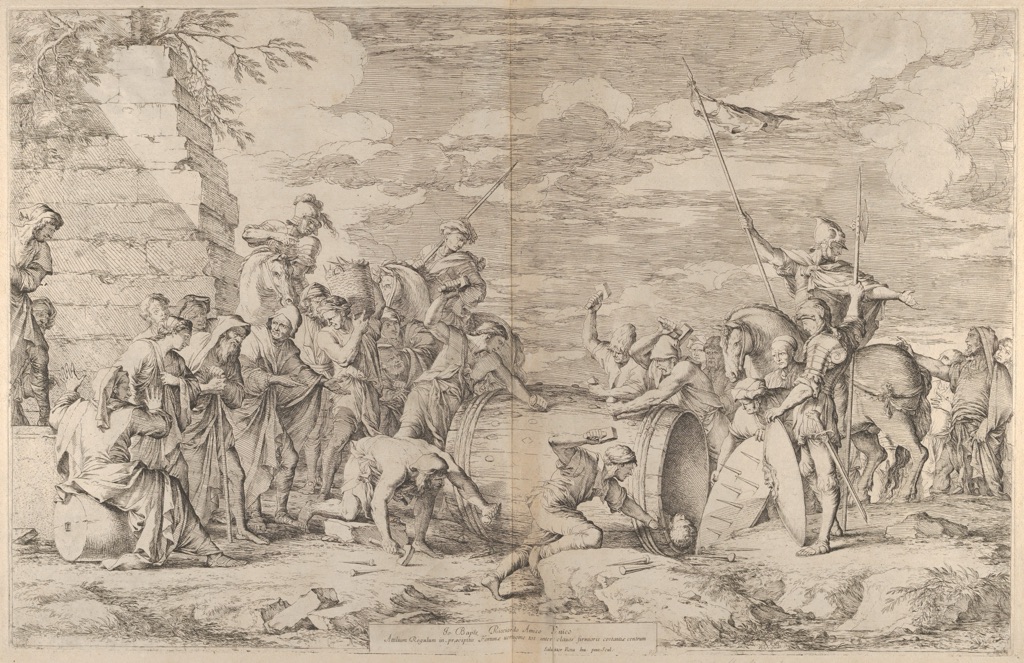
The Carthaginians, inheritors of the Phoenician legacy, established one of the most powerful maritime empires in the ancient Mediterranean. Originating from the city-state of Tyre in present-day Lebanon, they founded Carthage (near modern Tunis in Tunisia) around 814 BC. This strategic location allowed them to control maritime trade routes across the Mediterranean Sea. Carthage became renowned for its wealth, advanced naval capabilities, and as a center of commerce and culture.
Carthaginian society was sophisticated and complex, with a rich blend of Phoenician traditions and local influences. The government was an oligarchic republic, where the highest offices were typically held by members of the most powerful families. This elite class dominated both the political and economic spheres of Carthaginian life. The society was also known for its religious practices, which were deeply influenced by their Phoenician roots, including the worship of gods such as Baal and Tanit.
Economically, Carthage was a powerhouse. Its prosperity was built on trade, manufacturing, and agriculture. The Carthaginians were adept traders, establishing colonies and trading posts across the Mediterranean and into the Atlantic. They traded goods such as textiles, metals, and salt, as well as agricultural products from their fertile hinterlands. Carthaginian merchants were among the first to navigate beyond the Strait of Gibraltar, exploring the Atlantic coast of Africa and possibly even reaching the British Isles.
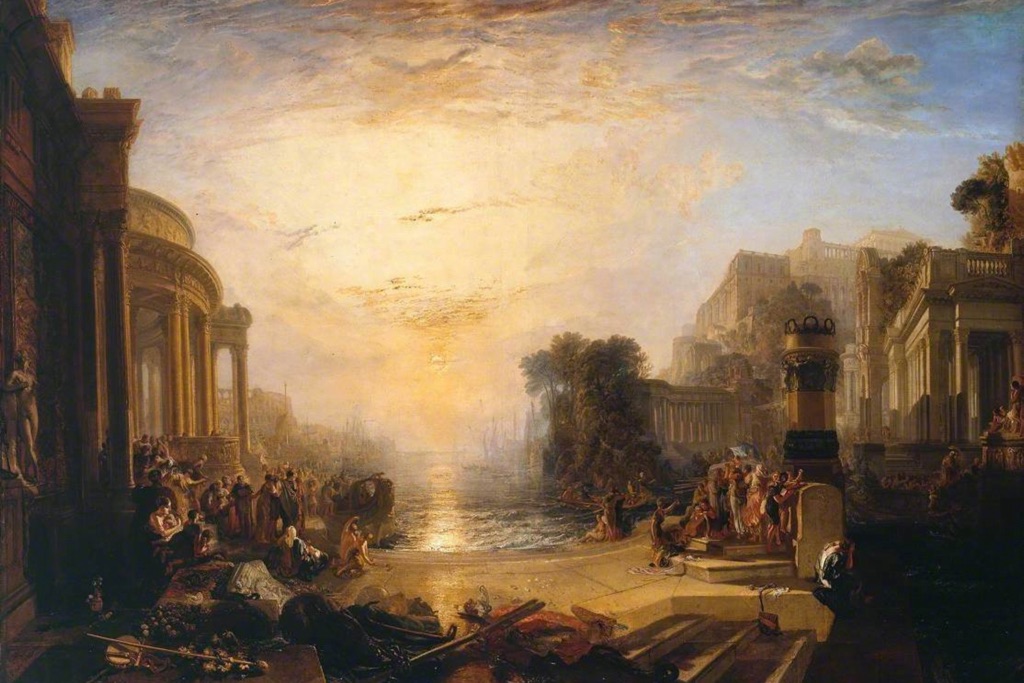
The military might of Carthage was another cornerstone of its power, with its navy being the most formidable in the ancient Mediterranean. The Carthaginians developed advanced naval technologies and tactics, which allowed them to protect their trade routes and challenge rivals. However, it was their conflicts with Rome, known as the Punic Wars, that would define much of their military history. The most famous Carthaginian general, Hannibal, became a legend for his daring crossing of the Alps with war elephants to fight the Romans in the Second Punic War.
Despite their achievements, the Carthaginians faced several challenges throughout their history. The Punic Wars with Rome, spanning over a century, drained Carthage’s resources and weakened its position in the Mediterranean. The final blow came in the Third Punic War, when Rome, determined to eliminate its rival, besieged and destroyed Carthage in 146 BC. The city was razed, and its inhabitants were killed or sold into slavery, marking the end of the Carthaginian state.
Today, the legacy of the Carthaginians lives on through archaeological sites, historical records, and the enduring fascination with their most famous general, Hannibal. Their contributions to maritime trade, agriculture, and military science have left an indelible mark on the history of the Mediterranean region. The story of Carthage, from its rise as a Phoenician colony to its dramatic fall at the hands of Rome, continues to captivate historians and laypersons alike, serving as a poignant reminder of the impermanence of empires.
Explore Carthaginian Architecture and Historical Places
FAQ on the Carthaginians
Who were the Carthaginians?
The Carthaginians were a Semitic people, originating from the Phoenician city-state of Tyre in what is now Lebanon. They founded Carthage (near modern Tunis in Tunisia) around the 9th century BCE. Carthage grew to become a powerful thalassocratic empire, dominating commerce in the Western Mediterranean. The Carthaginians were known for their maritime prowess, trade networks, and the series of Punic Wars fought against Rome, which ultimately led to Carthage’s destruction in 146 BCE.
What did Carthaginians look like?
Descriptions and artistic representations suggest that Carthaginians, being of Phoenician origin, likely resembled other Levantine Semitic peoples of the ancient Near East. They would have had a Mediterranean appearance, with dark hair, olive skin, and possibly a range of eye colors. Clothing and style would have been influenced by both their Phoenician heritage and interactions with other Mediterranean cultures, including Greeks, Egyptians, and later Romans.
Were the Carthaginians black?
The term “black” in the context of ancient peoples often requires clarification. The Carthaginians, as Semitic people from the eastern Mediterranean, would not have been black in the way the term is commonly understood today, referring to Sub-Saharan Africans. Their physical appearance would align more closely with other Levantine and Mediterranean populations, characterized by olive skin tones.
Were the Carthaginians ever in America?
There is no credible historical or archaeological evidence to suggest that the Carthaginians reached or settled in the Americas. Theories of pre-Columbian trans-oceanic contact are largely speculative and not supported by mainstream scholarship. The Carthaginians were skilled sailors and explored parts of the Atlantic, including possibly the Canary Islands and the West African coast, but there is no proof of their presence in the American continents.
Who was the leader of the Carthaginians?
Carthage had several notable leaders throughout its history, especially during the Punic Wars. However, the most famous leader is undoubtedly Hannibal Barca. Hannibal is renowned for his military genius, particularly during the Second Punic War (218-201 BCE), when he led a daring campaign across the Alps into Italy, winning several victories against Rome. Other notable leaders include Hamilcar Barca, Hannibal’s father, who expanded Carthaginian territories in Iberia, and Hasdrubal Barca, Hannibal’s brother, who also played a significant role in the Carthaginian military efforts against Rome.
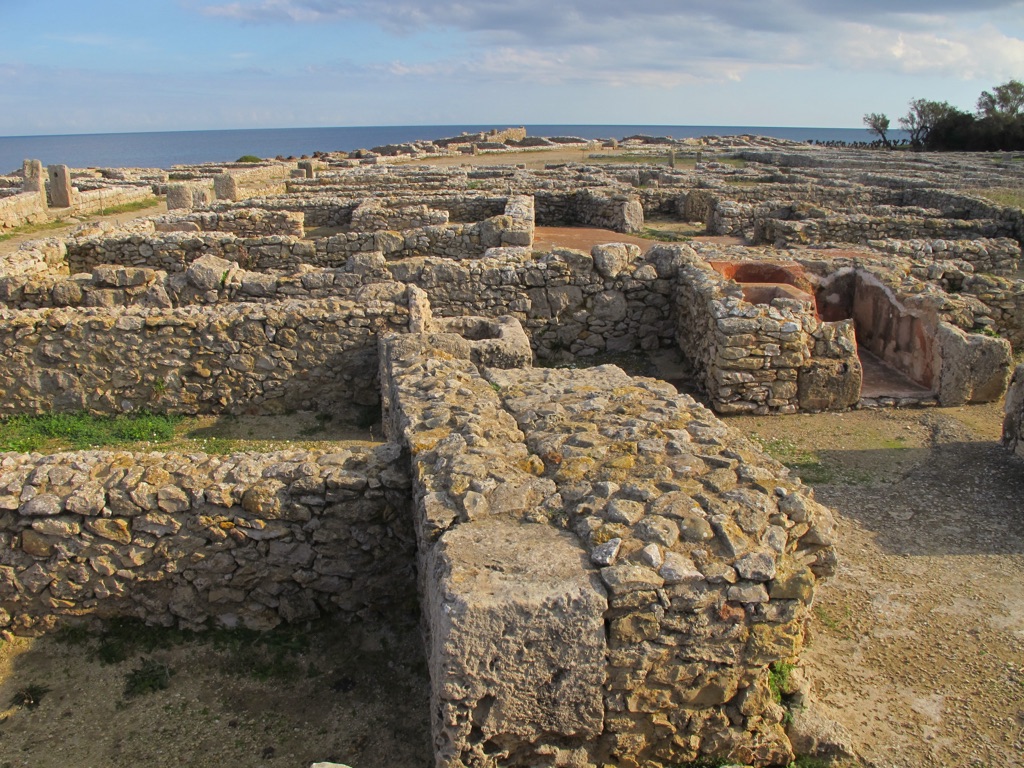
Kerkouane
Kerkouane is a unique archaeological site located on the northeastern coast of Tunisia. It stands as a testament to the ancient Carthaginian civilization. This site is particularly significant because it’s one of the few Punic cities to have survived the destructions of the First Punic War. It provides valuable insights into the urban layout, residential…
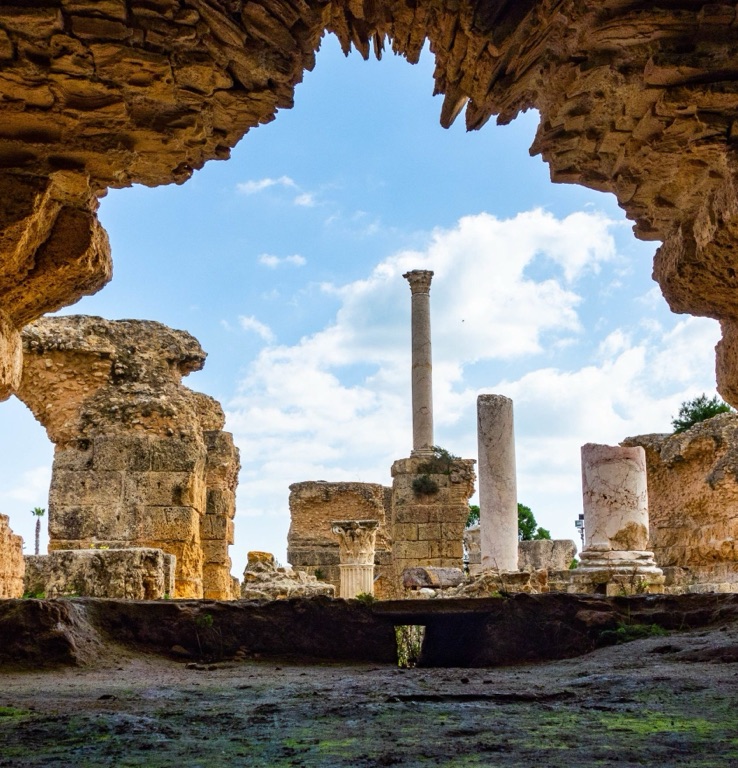
Carthage: A Beacon of Ancient Civilization
Carthage was an ancient city located on the eastern side of Lake Tunis, in what is now Tunisia. Founded by the Phoenicians in the 9th century BC, it grew to become a vast and powerful city-state that dominated the Mediterranean. Carthage was renowned for its wealth, sophistication, and naval prowess. It was a major hub of trade and commerce, and its influence extended across North Africa, the Iberian Peninsula, and the islands of the Mediterranean. Despite its eventual destruction by Rome in the Third Punic War, Carthage’s legacy continues to shape our understanding of the ancient world.

